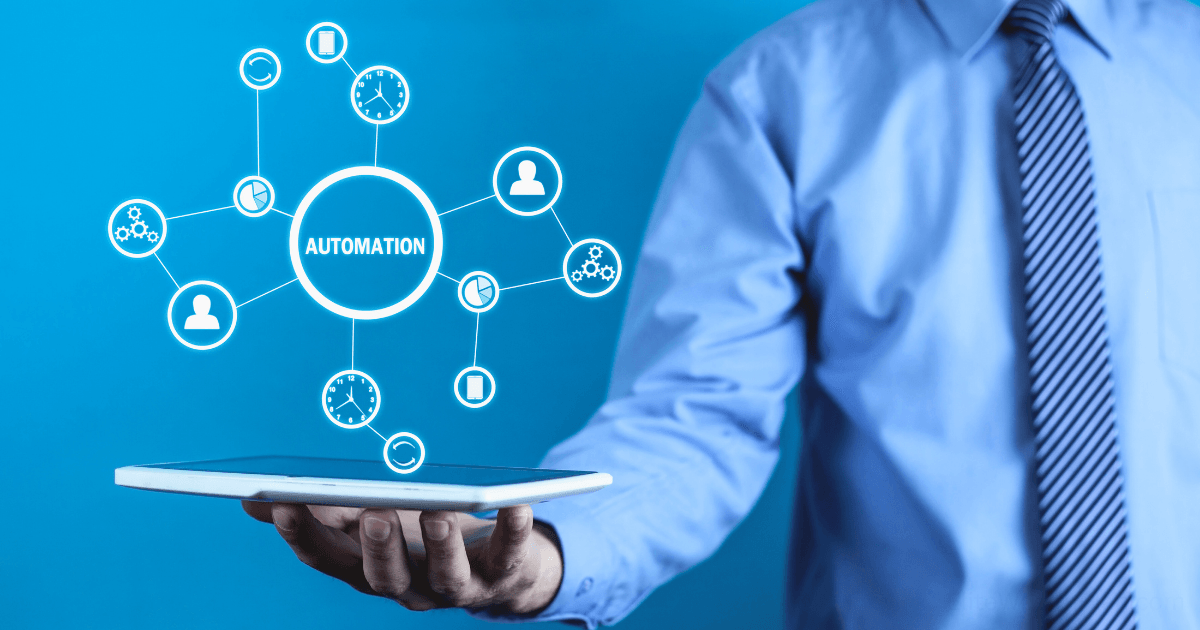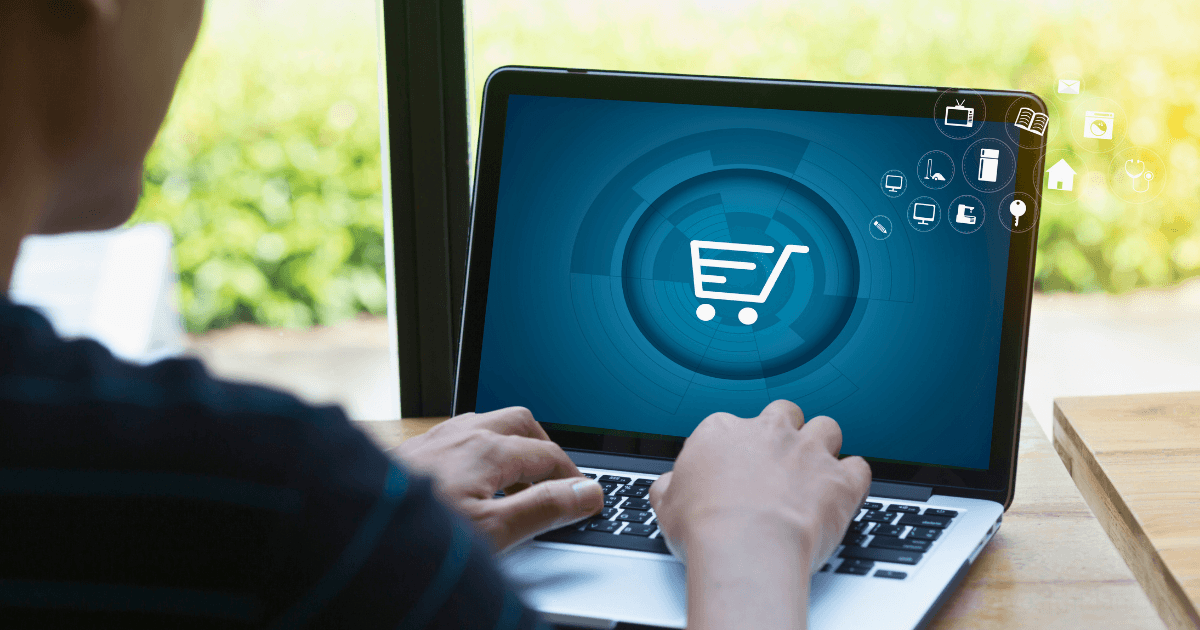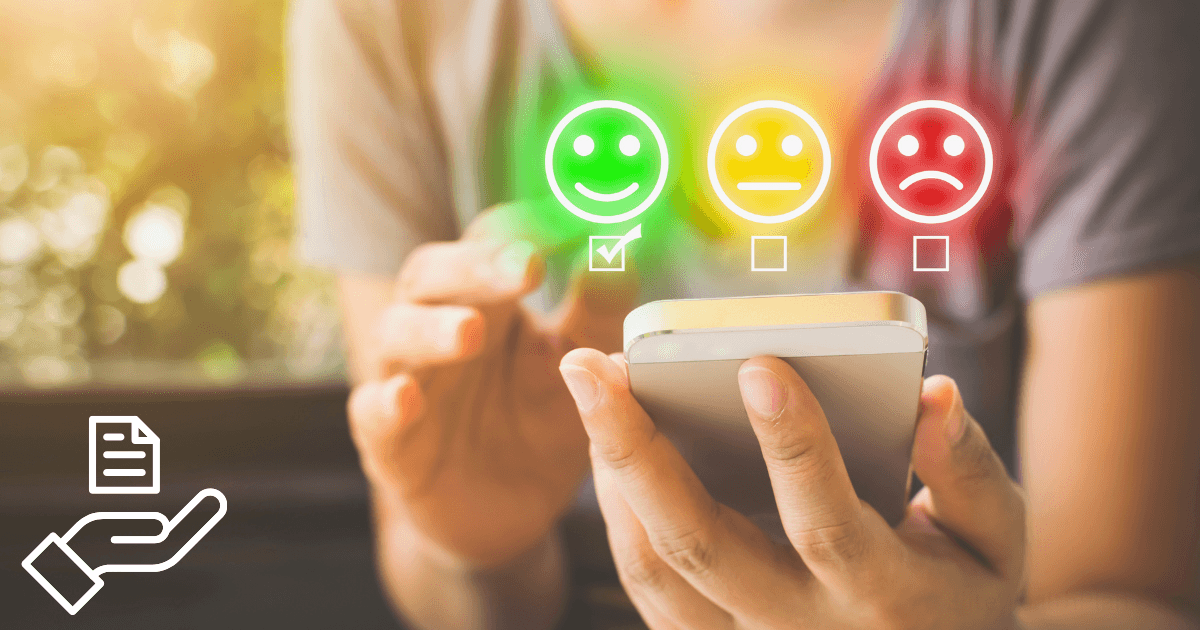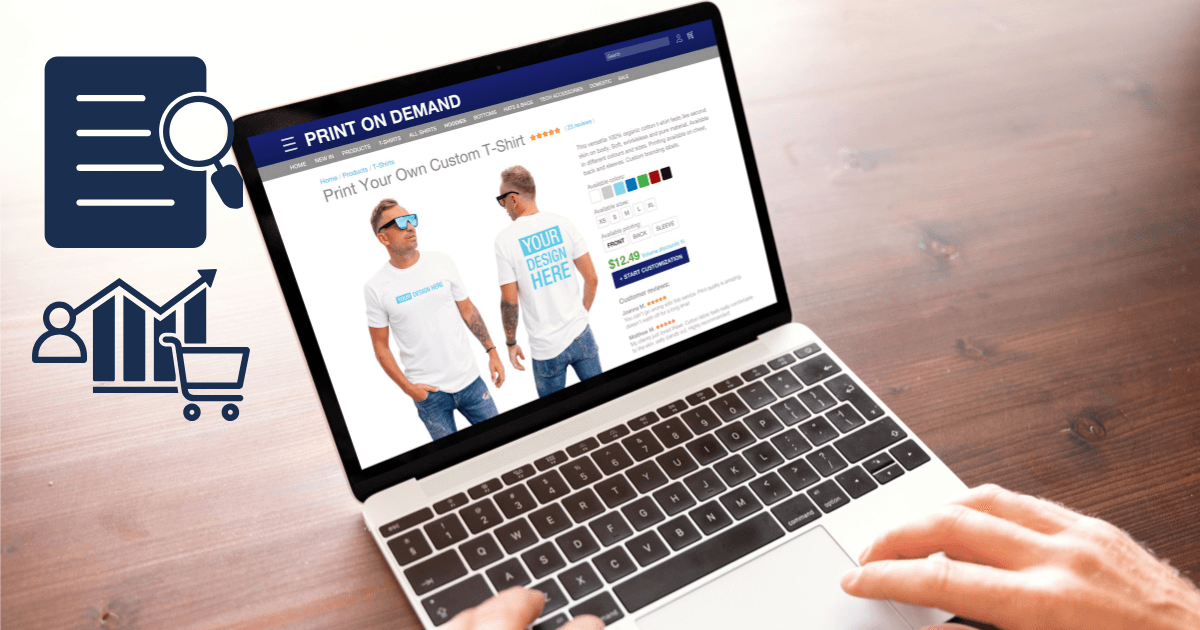Psychological Pricing: How Changing Our Prices by $0.99 Increased Conversion by 27%
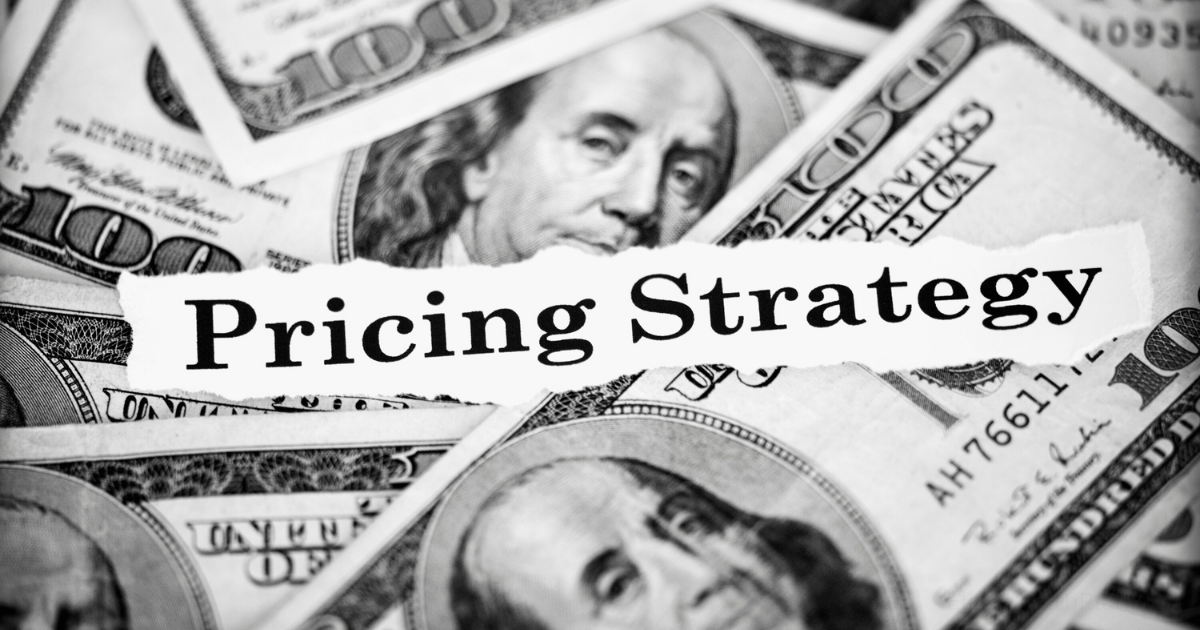
In the competitive landscape of modern business, seemingly minor pricing decisions can yield remarkably disproportionate results. When our company implemented a strategic psychological pricing adjustment—simply changing our price points to end in $0.99 rather than rounded dollar amounts—we witnessed a staggering 27% increase in conversion rates within just 30 days. This wasn’t mere coincidence; it was the result of applying established psychological principles to our pricing strategy.
The Experiment That Changed Our Revenue Trajectory
As someone with a background in psychology, I’ve always been fascinated by how subtle cognitive biases influence consumer behavior. However, I was admittedly skeptical about whether something as seemingly trivial as a $0.99 price difference could significantly impact our bottom line.
To test this hypothesis, we designed a controlled experiment:
- We selected 20 of our mid-range products
- Created an A/B test with identical product pages
- Priced Group A products at whole dollar amounts (e.g., $20.00)
- Priced Group B products at $0.99 lower (e.g., $19.99)
- Ran the test for 30 days with equal traffic distribution
The results were unequivocal: products with the $0.99 pricing model converted at a rate 27% higher than their whole-dollar counterparts. Even more remarkably, this increase occurred despite the negligible actual price difference.
The Psychology Behind the Numbers
This dramatic improvement wasn’t accidental. According to research from Shopify, psychological pricing strategies take advantage of how consumers process numerical information. Several key psychological principles explain our results:
1. The Left-Digit Effect
The left-digit effect occurs when consumers place disproportionate importance on the leftmost digit of a price. When a customer sees $19.99 instead of $20.00, their brain registers the first digit (1) more prominently than the last two digits (99). This creates a perception that the price is in the “$10 range” rather than the “$20 range,” despite being only one cent different.
A study published in Wikipedia confirms this effect, noting that consumers tend to anchor their judgment on the leftmost digits of prices, creating a biased perception of price differences.
2. The Perception of a Deal
Prices ending in .99 have historically been associated with discounts and sales. This association creates a subconscious signal to consumers that they’re getting a good deal, even when comparing similar products.
According to data from Prisync, 87% of online buyers consider price as the most important factor affecting their purchase decision. When customers perceive they’re getting a bargain—even if the actual savings are minimal—their likelihood of converting increases significantly.
3. Reduced Thinking Time
Psychological pricing reduces what economists call “thinking costs.” When consumers see a price of $19.99, they’re less likely to engage in detailed mental calculation than when seeing $20.00. This reduction in cognitive load facilitates faster decision-making and reduces purchase hesitation.
Beyond the $0.99: Our Comprehensive Pricing Overhaul
While the $0.99 price ending was the cornerstone of our strategy, we implemented several complementary psychological pricing techniques that contributed to our success:
Strategic Price Anchoring
We introduced premium options at significantly higher price points, making our standard offerings appear more reasonable by comparison. This technique, known as price anchoring, leverages the contrast effect to influence perception of value.
For example, we positioned our $49.99 service package alongside a premium $99.99 option. Even though the premium package included additional features that justified the higher price, its presence made the $49.99 option appear significantly more attractive.
Bundle Pricing Psychology
We created strategic product bundles that emphasized the savings compared to purchasing items individually. According to Kevin Harrington, bundle pricing creates a powerful psychological effect by allowing customers to justify purchases more easily when they perceive they’re getting multiple items at a discount.
Our most successful bundle—three items normally priced at $29.99 each, offered together for $79.99—highlighted a $9.98 savings. This approach increased our average order value by 22% while maintaining our improved conversion rate.
Visual Price Presentation
We also experimented with the visual presentation of prices:
- Reduced the font size of the dollar sign and decimal points
- Displayed the cents in superscript format
- Used a lighter color for the cents portion of the price
These subtle visual cues further reinforced the left-digit effect and contributed to our overall conversion improvement.
Measuring the Real Business Impact
The 27% increase in conversion rate translated to substantial business outcomes:
- Revenue growth: 23% increase in monthly revenue
- Customer acquisition cost: Decreased by 21%
- Average order value: Increased by 7%
- Customer lifetime value: Early data suggests a 12% improvement
According to research from Monetizely, small pricing adjustments informed by customer psychology can typically increase revenue by 2-4%. Our results significantly exceeded this benchmark, likely due to our comprehensive approach and careful implementation.
Implementation Challenges and Solutions
While our results were impressive, implementing psychological pricing wasn’t without challenges:
1. Internal Resistance
Some team members were skeptical about changing our “clean” whole-dollar pricing structure. To overcome this resistance, we:
- Presented case studies from companies like J.C. Penney and The Gap that experienced increased sales by implementing similar strategies
- Conducted a limited two-week test that demonstrated clear positive results
- Created a dashboard showing real-time conversion improvements
2. Technical Implementation
Updating pricing across our entire product catalog required significant technical work. We prioritized:
- High-traffic product pages first
- Products with the highest margin potential
- Categories with the strongest competitive pressure
This phased approach allowed us to validate results while minimizing technical risk.
3. Customer Perception Concerns
We initially worried that psychological pricing might appear manipulative to sophisticated customers. To address this concern, we:
- Conducted customer interviews to gauge perception
- Monitored customer feedback channels for negative reactions
- Analyzed return rates for any changes
Interestingly, we found no negative impact on customer perception or satisfaction metrics. The psychological effect worked regardless of customer sophistication level.
Implementing Psychological Pricing in Your Business
If you’re considering implementing similar pricing strategies, here’s a framework to guide your approach:
1. Start With Controlled Testing
Begin with a limited subset of products to establish a baseline for improvement. According to Mida.so, even a 1% improvement in pricing can yield an 11.1% increase in operating profit, so the potential ROI of proper testing is substantial.
2. Consider Your Brand Positioning
While psychological pricing is effective across most market segments, luxury brands may want to approach it differently. For premium products, consider psychological pricing techniques that reinforce exclusivity rather than discount perception.
3. Combine Multiple Psychological Triggers
The most effective pricing strategies combine multiple psychological principles. Consider implementing:
- Charm pricing ($X.99)
- Anchoring (strategic placement of premium options)
- Bundle offers (to increase average order value)
- Visual hierarchy (to guide attention to preferred options)
4. Monitor Competitive Response
When implementing psychological pricing, watch how competitors respond. If they match your strategy, you may need to find additional ways to differentiate your offering beyond price alone.
The Future of Psychological Pricing
As we look toward the future, several trends are emerging in psychological pricing:
- AI-driven dynamic pricing: Algorithms that adjust psychological pricing tactics based on individual customer behavior and preferences
- Personalized pricing psychology: Tailoring price presentations based on customer segment and purchase history
- Subscription model optimization: Applying psychological pricing principles to recurring revenue models
According to B2B Rocket, AI and automation tools are becoming essential for predicting which pricing strategies will be most effective for specific customer segments, potentially increasing conversion rates even further.
Conclusion: Small Changes, Remarkable Results
Our experience demonstrates that seemingly minor pricing adjustments can yield outsized business results when grounded in sound psychological principles. The 27% conversion increase we achieved by implementing the $0.99 pricing strategy—along with complementary psychological pricing techniques—fundamentally transformed our business economics.
As you consider your own pricing strategy, remember that effective pricing isn’t just about the numerical value—it’s about understanding how those numbers are perceived and processed by your customers. In the psychology of pricing, perception truly is reality.
Have you experimented with psychological pricing in your business? What results did you achieve? Share your experiences in the comments below.



